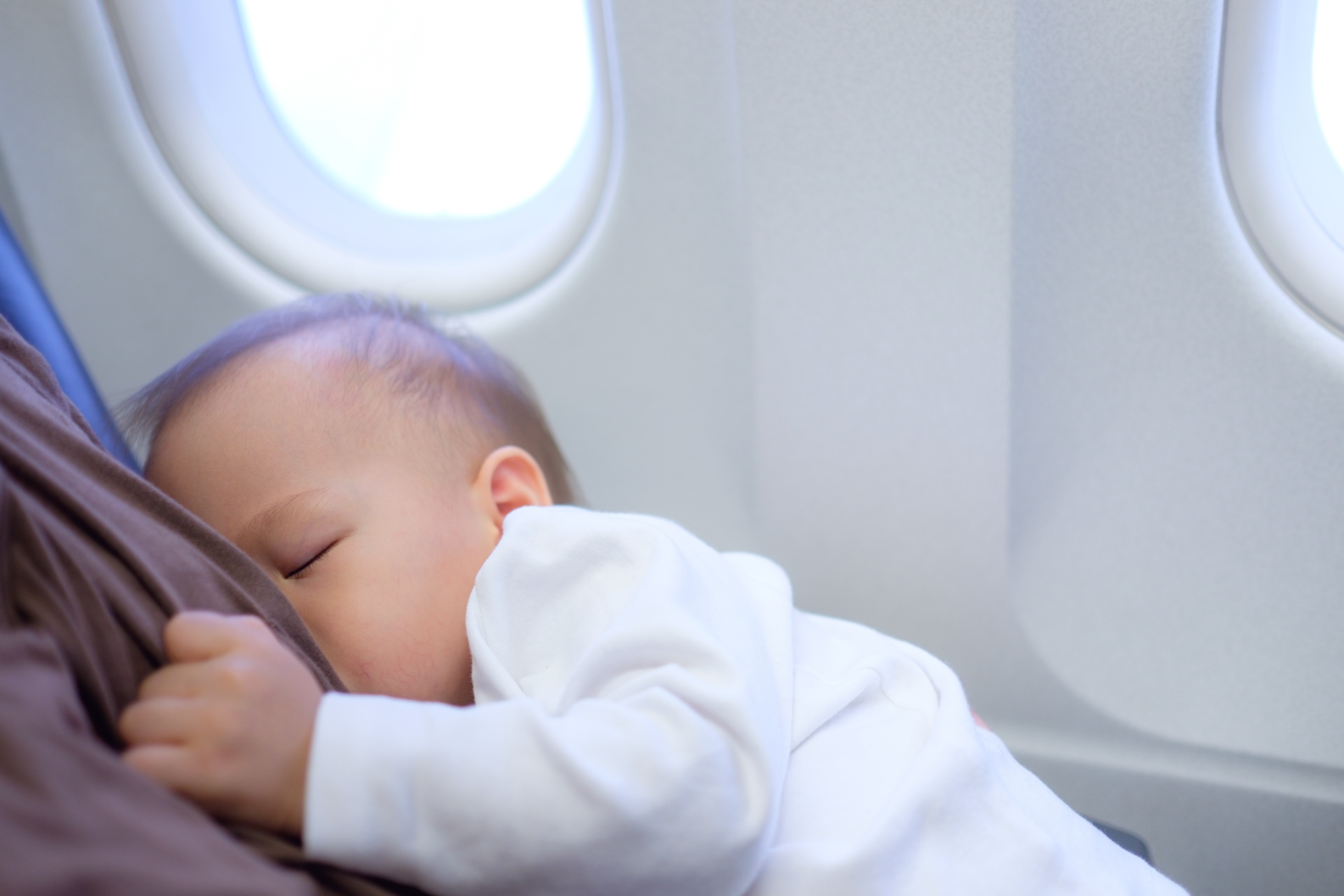A Guide to the Fairness for Breastfeeding Mothers Act
When you’re breastfeeding on the go, finding a private, clean space to pump or nurse can be hard. But thanks to the “Fairness for Breastfeeding Mothers Act of 2019” (H.R. 866), there are now more lactation spaces in public federal buildings like courthouses, the Senate and House office buildings, the Smithsonian buildings, and other federal agencies.
The bipartisan legislation was introduced in the House in January 2019 by Representative Eleanor Holmes Norton (D-DC) and sponsored in the Senate by Senators Steve Daines (R-MT), Elizabeth Warren (D-MA), and Tammy Duckworth (D-IL). The President signed the law on July 25, 2019 and it went into effect on July 25, 2020.
What is the “Fairness for Breastfeeding Mothers Act of 2019?
The Fairness for Breastfeeding Mothers Act of 2019 requires “certain public buildings”—that are open to the public, contain a public restroom, and if they provide lactation spaces for their employees—to provide a lactation space for pumping and nursing visitors. The lactation space can’t be a bathroom and must:
Be a private space
Include a chair and a work surface
Provide an electrical outlet for a breast pump
What does this new law mean for breastfeeding?
As of July 25, 2020, breastfeeding and pumping parents should be able to find clean and private lactation spaces in any public federal building that also offers a public restroom.
Does this mean that all federal buildings will have a lactation space?
Not necessarily. The law only applies to public federal buildings that already provide public restrooms. Furthermore, the law specifically exempts public federal buildings from complying with the law if any of the following conditions apply:
If the building does not contain a lactation room for employees
If it doesn’t have a space that could be repurposed, or a space that could be made private by using portable materials, at a reasonable cost
The cost of new construction required to create a lactation room is not feasible
Unfortunately, there’s also some gray area in terms of who will be responsible for providing the lactation spaces—the owner of the building or the tenant in the building—and how lactation spaces will be paid for (as to date there’s no funding appropriated for the new bill). But the good news is that there’s now legislation shining a spotlight on lactation spaces in federal buildings for both employee and public use. And that’s progress!
Mamava designs solutions to empower breastfeeding and pumping parents on the go, like our freestanding lactation pods, Mamava’s lactation space locator app, and other helpful resources.
More parent resources




















